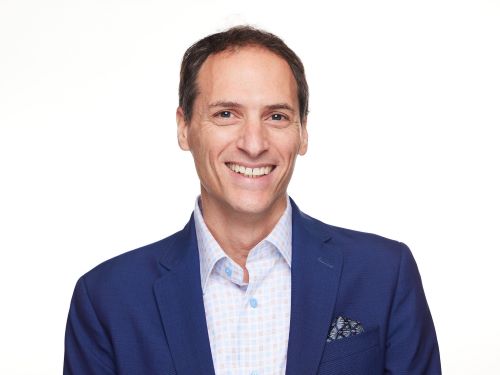Judging Judicial Behavior
In the final run up to the ABA midyear meeting last month, some expected the proposed revisions to the Model Code of Judicial Conduct to result in lengthy and possibly acrimonious debate in the House of Delegates.
The work product of the Joint Commission to Evaluate the Model Code of Judicial Conduct was in the news just days before the House considered the changes Feb. 12 in Miami.
And the debate over whether to weaken long standing language in the code that requires judges to avoid the “appearance of impropriety” had the commission revising its proposals more than once.
After filing its recommendations to the House in December, the commission decided to move the appearance of impropriety language out of a proposed conduct rule and into the scope section of the code, so that a violation would not be the basis for discipline. In response, one member of a commission advisory panel announced he was resigning in protest, while the influential Conference of Chief Justices said it would oppose the commission’s recommendations.
Commission representatives said it’s standard procedure to make last minute revisions based on comments received after proposals are filed with the House, but the explanation was lost amid a flurry of newspaper editorials.
Then, shortly before the House met, the commission moved the ban on the appearance of impropriety back into the disciplinary rule. The House approved that version in a voice vote that sounded close to unanimous.
The commission’s work is the most sweeping effort since 1990 to revise the code, which is widely followed by the states. (Federal judges have a separate code.)
Due Process Wins the Day
Four hours a long time by house standards were allotted to the code revisions. But it turned out commission chair Mark I. Harrison’s estimate that those deliberations would take up only half that time was more accurate. The House even adjourned earlier than scheduled as delegates scrambled for flights ahead of blizzards bearing down on states up north.
That outcome left Harrison, a Phoenix lawyer, feeling vindicated after a process that involved nine public hearings, dozens of meetings and drafting sessions for the commission, three rough drafts and a final report.
“I feel very strongly in the value of due process,” said Harrison in an interview after the House debate. “The cumulative result of all that due process was buy in” on a code that will be “far easier to use, both by judges and regulatory counsel who enforce it.” It apparently didn’t hurt that the commission changed its position one more time on the divisive appearance of impropriety issue. Some maintain the term is vague, unenforceable and subject to potential abuse. They also note that it was eliminated from the ABA Model Rules of Professional Conduct, which apply to lawyers.
But proponents of the disciplinary rule say judges should be held to a higher standard of conduct than lawyers to bolster the integrity of the judicial system.
“It’s the still, small voice judges hear that reminds them that the people who come before them expect to be treated fairly,” said Laurie D. Zelon, a California Court of Appeal judge in Los Angeles who serves on the ABA Board of Governors.
The appearance of impropriety debate was complicated by the new format the commission developed for the code, which emphasizes black letter rules of conduct. As approved by the House, Rule 1.2 (Promoting Confidence in the Judiciary) states: “A judge shall act at all times in a manner that promotes public confidence in the independence, integrity and impartiality of the judiciary, and avoid impropriety and the appearance of impropriety.”
Proponents of that version of the rule said there was good reason to keep the appearance of impropriety ban.
The standard should stay, said Miami lawyer Neal Sonnett, “not because of the New York Times, but because it’s the right thing to do.”



